In recent years, the healthcare industry has witnessed a revolutionary transformation with the integration of remote monitoring technologies and the Internet of Things (IoT). This convergence has brought about significant advancements in transforming chronic disease management, offering patients more personalized care, improved outcomes, and greater convenience. As the world grapples with an aging population and an increasing prevalence of chronic conditions, such as diabetes, cardiovascular diseases, and respiratory illnesses, remote monitoring through IoT devices emerges as a beacon of hope in the realm of healthcare.
The Power of Remote Monitoring
Remote monitoring refers to the collection and transmission of health-related data from patients in their homes or other non-clinical settings to healthcare providers. This data can include vital signs, medication adherence, symptoms, and lifestyle behaviors. By leveraging IoT devices such as wearables, smart sensors, and mobile apps, healthcare professionals can remotely monitor patients in real time, enabling proactive interventions and timely adjustments to treatment plans.
Enhanced Patient Engagement and Empowerment
One of the key benefits of remote monitoring and IoT in chronic disease management is its ability to enhance patient engagement and empowerment. Patients are no longer passive recipients of care but active participants in their health management. With access to real-time data and insights about their condition, patients can make informed decisions, track their progress, and take preventive measures to avoid complications. This shift towards patient-centered care fosters a sense of autonomy and accountability, leading to better treatment adherence and overall health outcomes.
Timely Intervention and Preventive Care
Remote monitoring enables healthcare providers to detect early signs of deterioration or exacerbation of chronic conditions, allowing for timely intervention and preventive care. By continuously monitoring vital signs and other relevant parameters, healthcare teams can identify deviations from baseline trends and intervene proactively, thereby preventing costly hospitalizations and emergency room visits. This proactive approach not only improves patient outcomes but also reduces healthcare costs associated with managing chronic diseases.
Personalized Treatment Plans
IoT-enabled remote monitoring facilitates the delivery of personalized treatment plans tailored to each patient’s unique needs and preferences. Through continuous data collection and analysis, healthcare providers gain valuable insights into individual health trajectories, enabling them to adjust treatment strategies in real time. Whether it’s optimizing medication regimens, modifying lifestyle recommendations, or implementing behavioral interventions, personalized care ensures that patients receive the most effective and appropriate interventions to manage their chronic conditions effectively.
Remote Patient Monitoring in Action
Consider a patient with diabetes who utilizes a wearable glucose monitor connected to a smartphone app. Throughout the day, the device tracks the patient’s blood sugar levels and sends real-time alerts to both the patient and their healthcare provider if readings fall outside the target range. Based on this data, the healthcare team can remotely adjust insulin dosages, provide dietary recommendations, or schedule virtual consultations to address any concerns or issues promptly. This continuous feedback loop empowers the patient to take control of their diabetes management while ensuring that healthcare providers remain informed and involved in their care.
Overcoming Challenges and Barriers
Despite its immense potential, the widespread adoption of remote monitoring and IoT in chronic disease management faces several challenges and barriers. These include concerns related to data privacy and security, interoperability issues between different devices and platforms, and the need for regulatory frameworks to govern the use of digital health technologies. Addressing these challenges requires collaboration between healthcare stakeholders, policymakers, and technology providers to establish standards, protocols, and best practices that ensure the safe and effective implementation of remote monitoring solutions.
Remote monitoring and IoT have emerged as powerful tools in the arsenal of chronic disease management, offering patients personalized care, timely interventions, and greater autonomy in managing their health. By harnessing the capabilities of connected devices and digital health technologies, healthcare providers can revolutionize the way chronic conditions are monitored, diagnosed, and treated, ultimately improving patient outcomes, and reducing the burden on healthcare systems worldwide. As we continue to innovate and refine these technologies, the future of chronic disease management looks brighter than ever before, promising a world where healthcare is not just reactive but proactive, preventive, and personalized.

certainly like your website but you need to take a look at the spelling on quite a few of your posts Many of them are rife with spelling problems and I find it very troublesome to inform the reality nevertheless I will definitely come back again.
We will take care of it thank you for you advice.